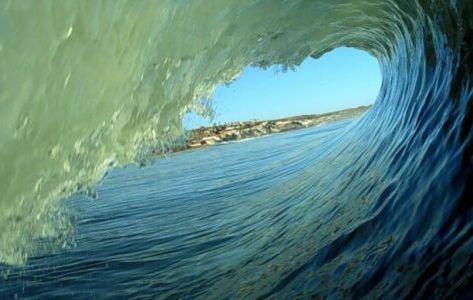 Anthony "Ant" van den Heuwel
Anthony "Ant" van den Heuwel
at home
|
|
Anthony "Ant" van den Heuwel, Piers Pittard, and Gavin Rudolph
owned Jeffrey's Bay point back then. Climbing and
dropping were the order of the day. Noserides and hanging ten were
de rigueur. Occasionally you'd see an outrageous skeg first
takeoff. And if you didn't get tubed, it was probably because you
were
asleep.
If you simply got up on a wave at Jeffrey's Bay, Jeffrey's Bay
tubed you!
But "slashing"? "Tearing"? We weren't there yet. And as for
aerials? Maybe when going over the falls ... but intentionally?
Never.
Back then, almost every longboard surfer in
South Africa
knew all the other surfers in the country on a first name basis.
Many of the faces in the
South African
chapter of The Endless Summer were
friends
of mine.
We drove our Volkswagen Kombis and Beetles and Austin Mini Minors
replete with roofracks with about six boards lashed to each down
the dirt road to the Jeffrey's Bay village. There was no official
parking lot at the point. There was no construction at the point.
Just sand dunes. And the local townsfolk didn't know they lived
near some of the most amazing waves on
the planet.
|
